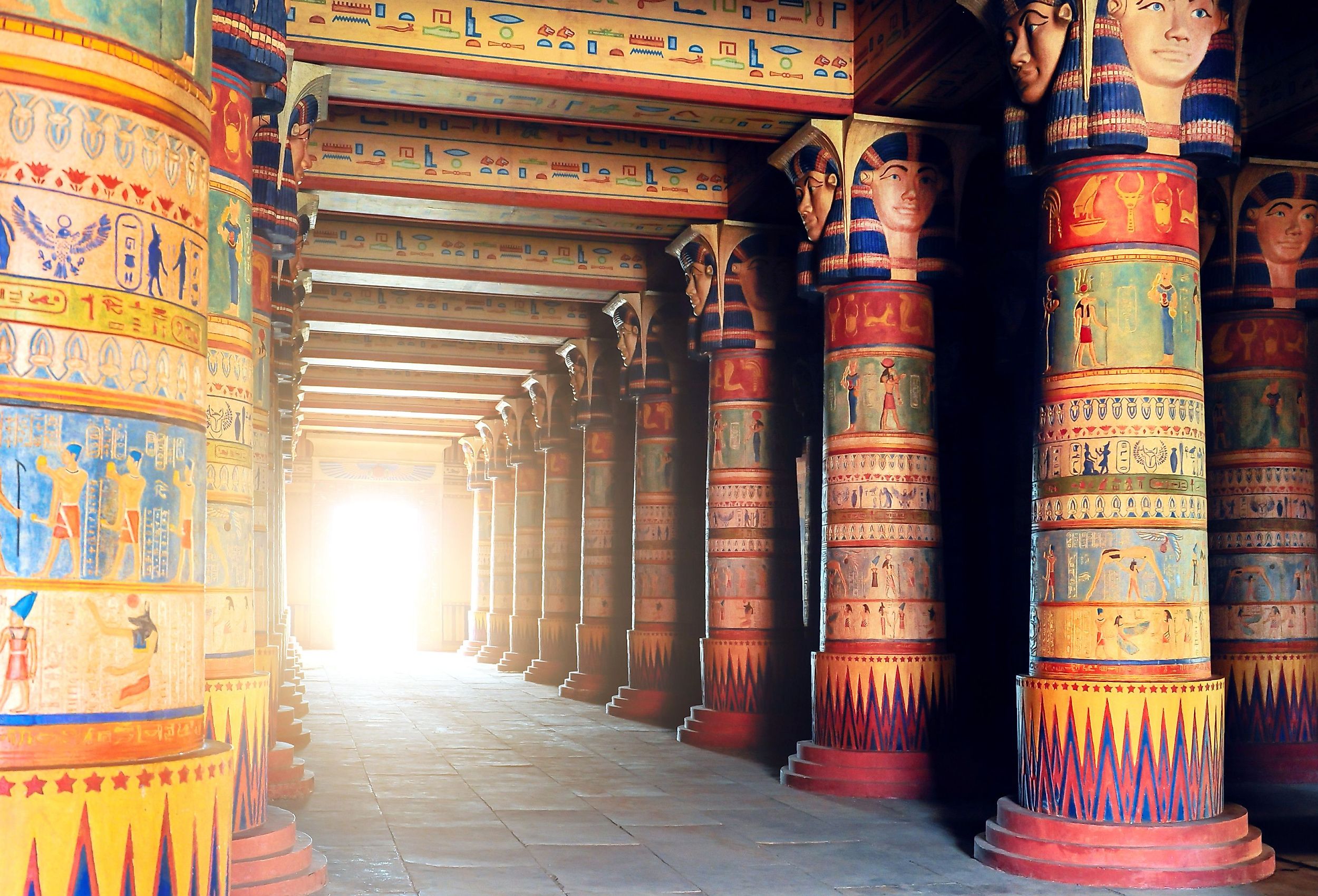
The Secrets Of Ancient Egypt
Thanks to natural geological processes, shifting dust and sediments work to coat and bury every surface on the earth. This means that archaeologists often dig deep to find answers from ruins over 2,000 years old. Ancient Egypt, with structures well over 4,000 years in age, has concealed its fair share of secrets that are only now seeing the light of the Sun for the first time in millennia. Given the tumultuous relationship humanity has had with technological advancements, the age of some of these secrets put the rest of the world to shame in consideration of their absence elsewhere for countless generations. When it comes to archaeology in Ancient Egypt, one Egyptologist said it best:
"We are digging in the dark. Most of what we find is still buried beneath the sand."
The Rosetta Stone
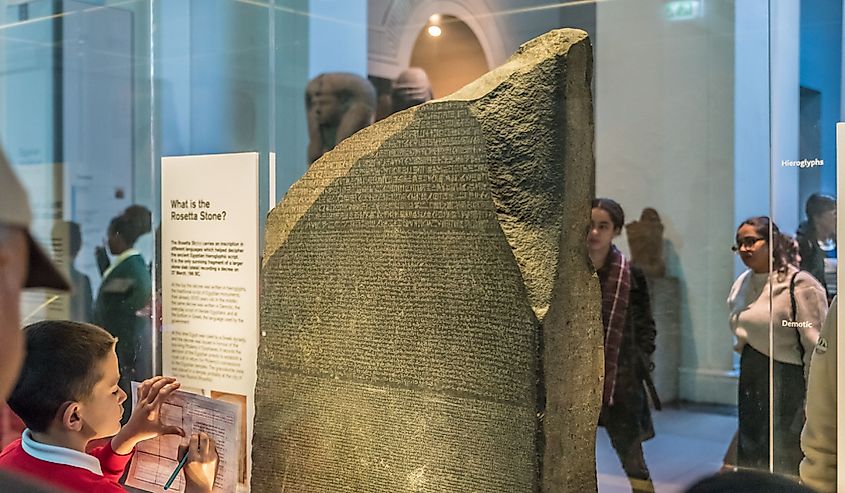
The Rosetta Stone, an ancient Egyptian artifact, unlocks the secrets of a once-lost language, shedding light on the enigmatic civilization that created it. Discovered in 1799 by French soldiers, this stele bears inscriptions in three scripts: hieroglyphics, demotic, and ancient Greek. Its simultaneous presentation of these languages revealed the key to deciphering Egyptian hieroglyphics, whose mystery remained uncracked for centuries.
Jean-François Champollion, a French scholar, played a pivotal role in unearthing the Stone's secrets. By comparing the three scripts, he astutely recognized that the hieroglyphs represented both phonetic sounds and ideographic symbols. His groundbreaking work, completed in 1822, enabled scholars to read and understand ancient Egyptian texts for the first time in over a millennium.
The Rosetta Stone, acting as a linguistic bridge, unveiled the cultural, religious, and historical aspects of ancient Egyptian society. It offered invaluable insights into the lives of pharaohs, the construction of pyramids, and the worship of gods. Moreover, the artifact provided a window into the complex political landscape of the Ptolemaic and Roman periods, illuminating the dynamic interplay of power and influence.
Ancient Egyptian Medicine
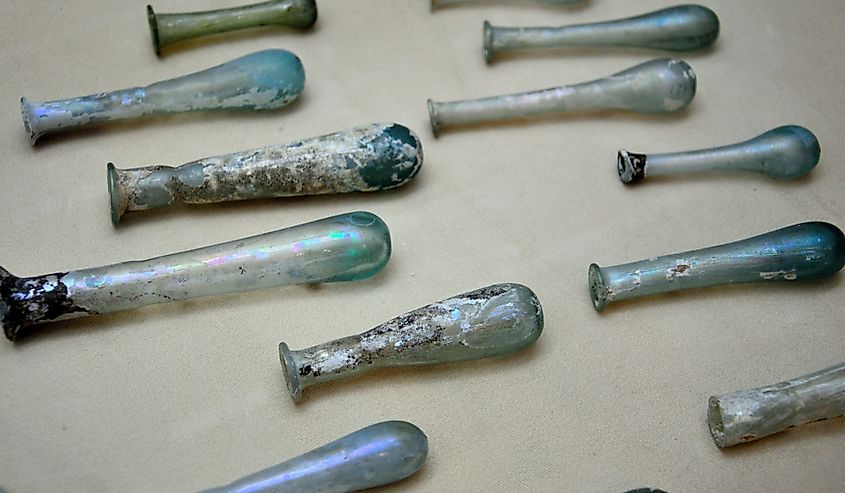
Ancient Egyptian medicine, a significant aspect of their civilization, showcases their keen understanding of human anatomy and their innovative approach to healthcare. Renowned for its blend of spirituality, natural remedies, and empirical observation, Egyptian medicine allowed practitioners to address a wide range of ailments. Medical professionals in ancient Egypt included physicians, surgeons, and priest-physicians who relied on a vast pharmacopeia of herbs, minerals, and animal extracts. They employed diagnostic techniques such as palpation and auscultation, as well as pragmatic treatments like wound suturing, setting broken bones, and trepanation.
The Edwin Smith Papyrus, discovered in 1862 and dated to circa 1600 BCE, attests to the sophistication of ancient Egyptian medical knowledge. This remarkable medical treatise, written in hieratic script, meticulously records 48 case histories, offering insights into the diagnosis, prognosis, and treatment of various injuries and diseases. The text emphasizes rational, systematic approaches to medicine, incorporating scientific observations and practical solutions.
Black Ink
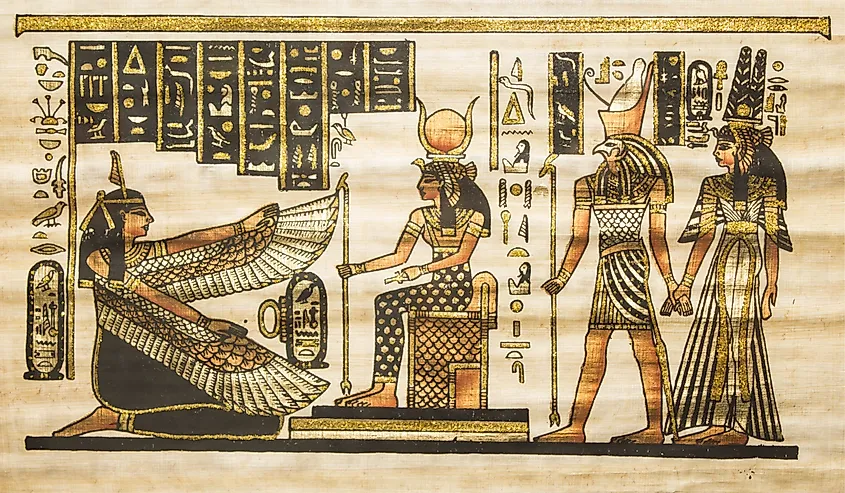
The Ancient Egyptians are credited with the invention of black ink, a breakthrough that revolutionized the world of writing and art. Before the development of black ink, writing was typically done using red or brown pigments, which were less versatile and more prone to fading. The formula for black ink was a closely guarded secret, known only to the elite scribes and artists trained in its creation. The ink was made by grinding carbon black and mixing it with a binder, usually gum arabic or egg white, to create a smooth and durable mixture. The carbon black came from a variety of sources, including charred wood, bone, and ivory.
Black ink quickly became the preferred writing and drawing medium in Ancient Egypt, as it was more legible and longer-lasting than previous alternatives. The invention of black ink allowed for more detailed and expressive artistic creations, such as the intricate hieroglyphics and stunning murals that still captivate us today.
Female Pharaohs
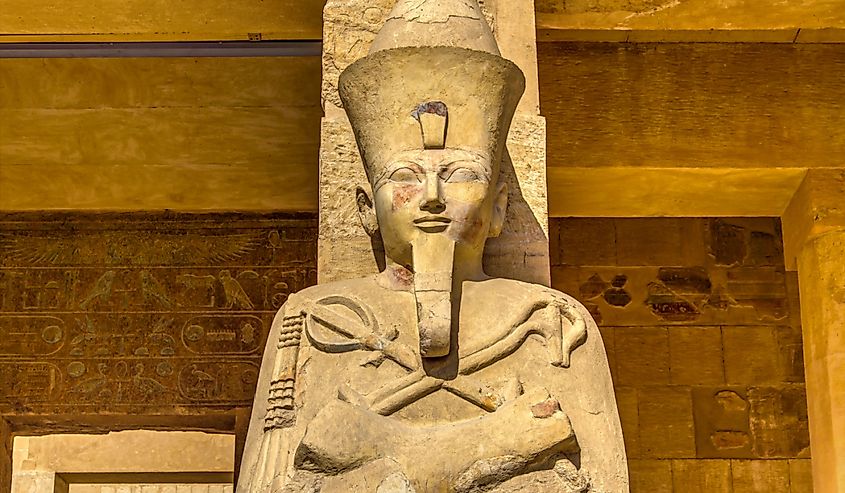
In Ancient Egypt, a few remarkable women transcended gender boundaries to assume the mantle of Pharaoh, demonstrating exceptional leadership in a male-dominated world. Female Pharaohs were rare but significant. Their reigns were marked by diplomatic prowess, architectural achievements, and cultural advancements.
Hatshepsut, the most famous of Egypt's female rulers, reigned from 1478-1458 BCE. Seizing power as regent for her young stepson, Thutmose III, she eventually proclaimed herself Pharaoh, adopting the royal titulary and donning male regalia. Hatshepsut's reign witnessed extensive building projects, including the majestic temple of Deir el-Bahri, and successful trade expeditions.
Nefertiti, the iconic queen of Akhenaten, ruled alongside her husband during the Amarna Period (1353-1336 BCE). Although her status as Pharaoh remains debated, evidence suggests she may have assumed power after Akhenaten's death. Nefertiti contributed to Egypt's religious revolution, promoting the worship of the Aten, or sun disk.
Lesser-known female Pharaohs include Sobekneferu, reigning from 1806-1802 BCE, and Twosret, ruling from 1191-1189 BCE. These women navigated complex political landscapes, maintaining stability and prosperity within their kingdoms.
The Postal Service
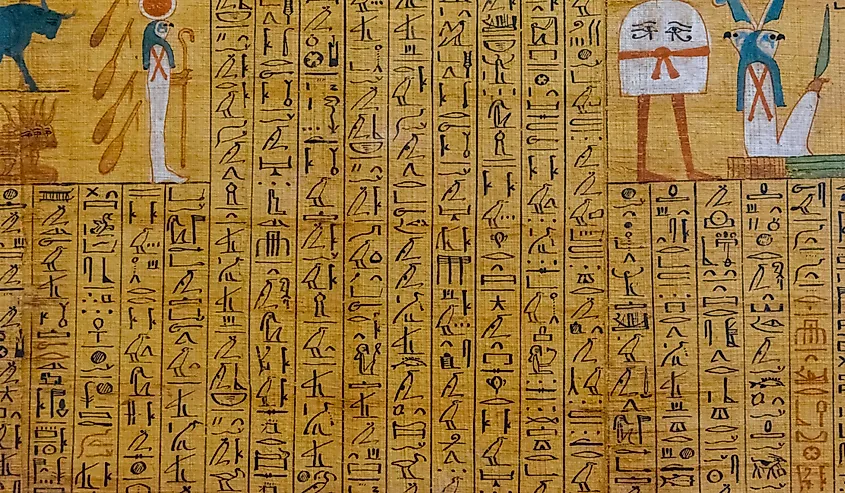
The ancient Egyptian postal service, a testament to human ingenuity and organization, played a pivotal role in the administration of the Nile Valley civilization. Established around 2400 BCE during the Old Kingdom, the system relied on a network of couriers for the swift and reliable transmission of information. These couriers, adept at traversing the challenging terrain, utilized various modes of transportation, including boats on the Nile River, donkeys, and their own physical prowess. Operating from strategically positioned relay stations, they facilitated communication between the Pharaoh, regional governors, and military personnel.
At the core of this postal service lay the Per-aa, a centrally located administrative hub that coordinated the dispatch and reception of missives. This hub primarily dealt with government correspondence, vital military intelligence, and tax records. However, it also catered to the needs of wealthy individuals and high-ranking officials, allowing them to send personal messages.
Egypt's postal service showcased a remarkable system of record-keeping. Scribes meticulously documented all correspondence on papyrus scrolls, ensuring an enduring legacy of the civilization's written communication. The Egyptian postal system, while not as extensive as later iterations in other cultures, established a blueprint for efficient and organized communication that laid the foundation for modern postal services.
Between medicine, communication, art, and language, the fragments and tatters that remain of the Ancient Egyptian world display a sophisticated culture that pursued relentless progression. Some "secrets" are hidden in plain sight, such as the mystery of how the great pyramids were constructed in the first place. These lesser-known aspects of Egyptian history reveal a people group that survived by competing with the armies and ingenuity of surrounding empires, like Rome and Greece, who only occasionally managed to get the upper hand. As archeologists continue to excavate the scraps of these great people, one question remains: what will humans leave behind for future generations to find, and will they marvel at the present-day the way we marvel at Ancient Egypt?











